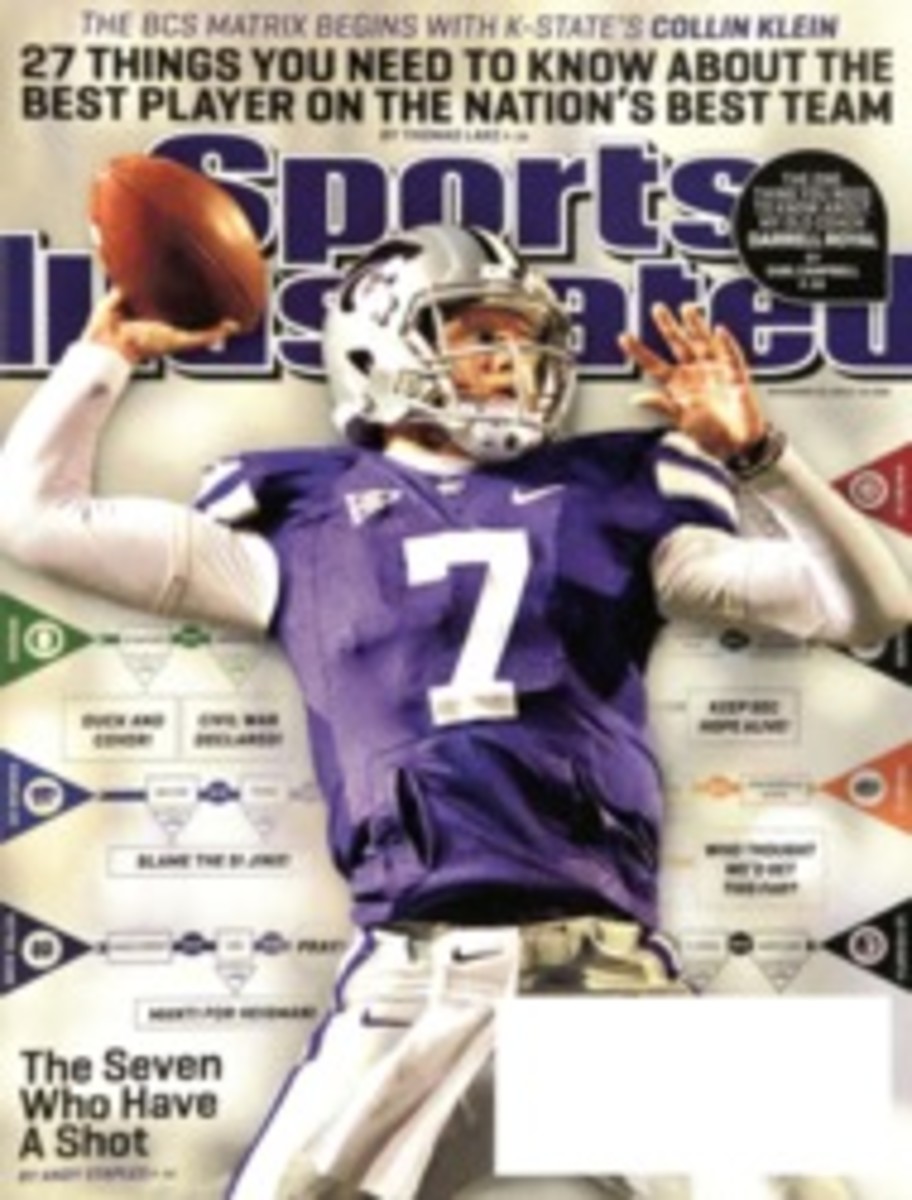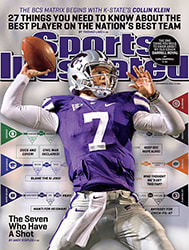
Fit for Learning
Carlos Bermudez, 15, started the first day back at school in Brooklyn after Hurricane Sandy the same way he starts every school day, working with his team and his coach. The coach asked Carlos to give his "high point" and "low point" from the storm-induced week off from class. Carlos's high was that he had arrived at school early that morning. His low was that his diabetic godmother—his legal guardian—was still in the hospital after having a second leg amputated below the knee. Like so many of his classmates at the two-month-old Urban Dove Team Charter School, the lows for Carlos have been lower than any teenager should know.
Also like every other student at UD Team, as the school is known, Carlos arrived "overage and under credited." (Read: desperately behind graduation pace.) He was approved for a safety transfer from Manhattan's Murry Bergtraum High last year, after gang members threatened him and he stopped showing up at school. So Carlos's "high" of coming in early, commonplace on the face of it, is something of a minor miracle. But then, his day doesn't start as it would in a normal school.
The team with which he began the day is not a sports unit but rather a group of students who have every class together. (And who accumulate points, Hogwarts style.) The coach is, in fact, a sports coach, but he is also an adult mentor who travels with the team through every class. After discussing the hurricane week and doing homework—all homework is done in the morning with the team—Carlos boarded a school bus with the rest of the UD Team students and headed to soccer fields on the south end of Brooklyn's Prospect Park. By 10:30 a.m. dozens of boys and girls were warming up in soccer cleats bought for them by the school. It was a Monday, so for two hours the entire school—104 students are enrolled—played soccer under the supervision of coaches, at first the boys and girls separately and then together.
At UD Team, sports consume several hours of each extended school day. Every Monday, Wednesday and Friday morning students play a seasonal team sport. The school rents space from a church in Brooklyn's beleaguered Bedford-Stuyvesant neighborhood, and on Tuesday and Thursday mornings the students rotate through four rooms that are designated, respectively, for weight training, cardio, yoga and core strengthening. (Kettle bells serve as doorstops.)
The goal of this novel high school is to use sports as an academic-engagement tool to drag the highest of the high-risk students back from the precipice of scholastic failure. Jai Nanda, a native of New York City and the school's founder, first got a sense of the academic and social power of sports in the 1990s, when he was coaching basketball at Manhattan's Lower East Side Prep, a so-called transfer school that takes in older students who have fallen behind. Nanda noticed that the boys on his team did better in school during the season, despite the time commitment. "Then the season ends," Nanda says, "and it's like, 'Where's Juan today?' 'Oh, he isn't showing up anymore.'"
In addition to the mounds of research testifying to the health and social benefits of physical activity for young people, there is a growing literature on the cognitive benefits. A 2009 University of Illinois study found that students can better focus their attention and perform better on certain academic tests right after exercise. And there's evidence that morning sports increase kids' school engagement as well. In the last few years, in an attempt to combat chronic truancy in New York City, the city department of education implemented morning sports programs in middle schools with attendance problems. "It was such a difference maker," says Lori Rose Benson, the former head of physical education at the NYC DOE who created those sports programs, called CHAMPS.
If sports have all these benefits, Nanda thought, why perpetuate a system that is by its nature exclusionary? A varsity letter is an honor, undoubtedly, but it is also a symbol of exclusion. The older students get, the fewer of them are granted access to the club. If any class had all the benefits of sports—from less heart disease to lower rates of teen pregnancy—it would never be withheld from the majority of students. Yet, that is exactly what happens with sports after middle school.
"Is it because we don't have the resources?" Nanda asks. "I don't think so. It's because of the apex structure of our society. So much is based on winning and losing."
So far attendance is way up at UD Team compared with the average at the kids' previous schools. And students such as 16-year-old Keenya Easton, the student-body president and a self-professed "bad student" at her previous school, have embraced a second chance and the new activities that have come with it. "Yoga," Keenya says, "relaxes the mind and body. It's a better way of breathing."
On Nov. 5, when a boy decked out in an allergic to bulls--- hoodie and a jauntily angled Brooklyn Nets hat wandered out of social studies into the hall, a coach calmly about-faced him back to class. Ten minutes later the boy catalyzed a discussion on whether a white president could theoretically be better than a black president for black Americans, like himself.
Still, UD Team is beating an uphill path. One third of the student body has special-education needs—the school has three special-ed teachers and a social worker—and an in-school fight necessitated police intervention. "We're trying something extremely difficult here," Nanda says. And isn't that what sports are all about?
MORE ABOUT SPORTS FOR SOCIAL CHANGE
Beyond Sport (beyondsport.org) is a global organization that promotes the use of sports for social change. This week it is hosting a symposium at Yankee Stadium in cooperation with the major sports leagues that will bring together team representatives, government and business officials, and grassroots entrepreneurs. SI is the event's official media partner.
SIGN OF THE APOCALYPSE
For $1,950, members of the Urban Daddy Perks club can have NFL free agent and Giants alltime leading rusher Tiki Barber join them for a game of flag football, basketball, kickball or, in the words of the Perks website, "pretty much any sport/gentlemanly activity you can think of."
ILLUSTRATION
ILLUSTRATION BY DARROW
PHOTO
CLAY PATRICK MCBRIDE (BARBER)

